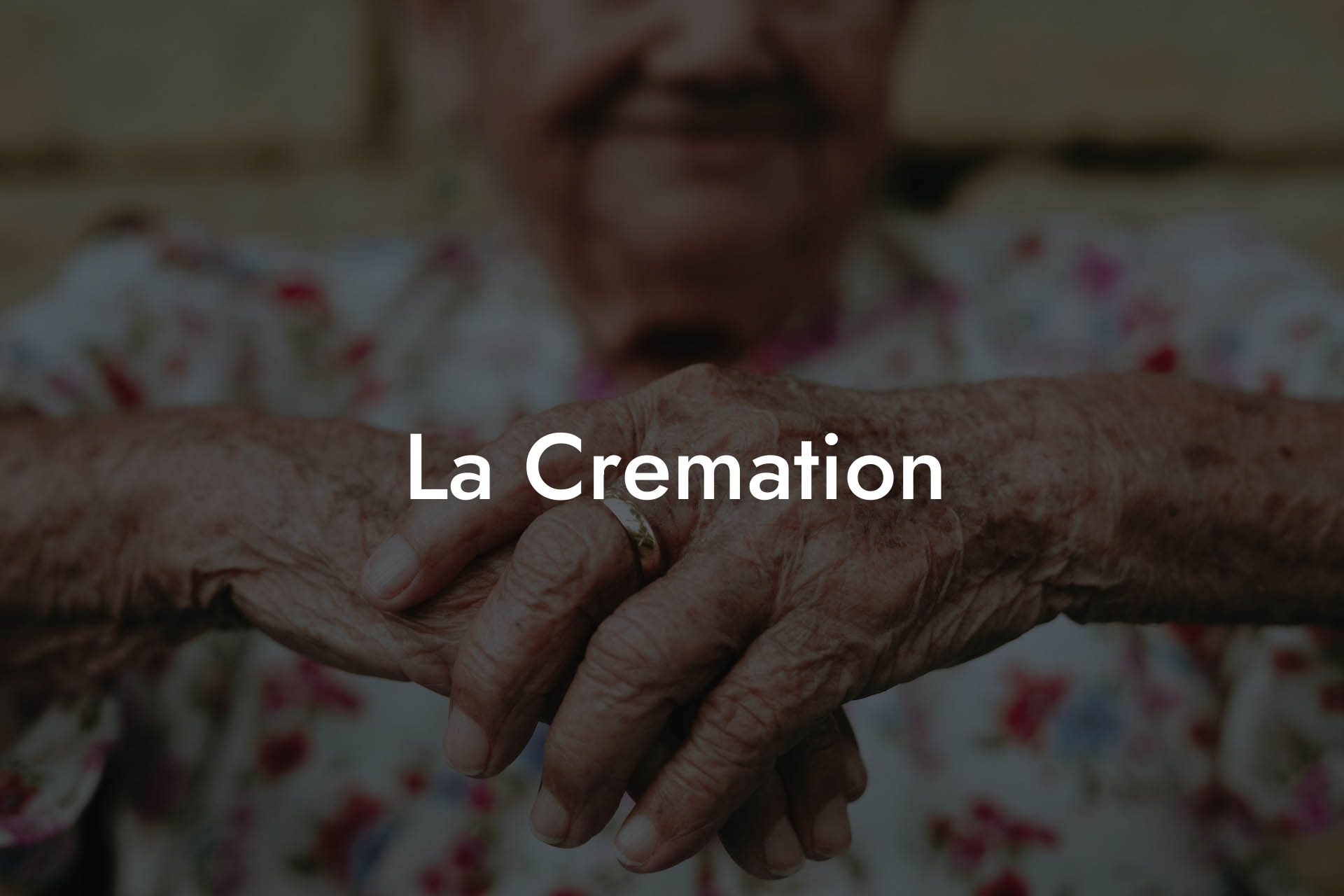Imagine a world where saying goodbye to a loved one is not only a celebration of their life but also a chance to honor their legacy in a way that's gentle on the planet. Welcome to the world of cremation, a modern, eco-friendly, and increasingly popular choice for those looking to redefine the traditional funeral experience.
Quick Links to Useful Sections
- What is Cremation, and How Does it Work?
- The Benefits of Cremation: Why it's Becoming the New Normal
- Cremation Myths Debunked: Separating Fact from Fiction
- Myth #1: Cremation is a new and untested practice
- Myth #2: Cremation is not a dignified way to treat the deceased
- Myth #3: You can't have a traditional funeral with cremation
- The Different Types of Cremation: Understanding Your Options
- Traditional Cremation
- Direct Cremation
- Green Cremation
- Resomation
- What to Do with Cremated Remains: Memorialization Options
- Resources and Community Support: Your Next Steps
What is Cremation, and How Does it Work?
Cremation is a process that reduces a deceased person's body to its basic elements, leaving behind a few pounds of ashes, also known as cremated remains or cremains. This is achieved through a high-temperature furnace, called a cremation chamber, which reaches temperatures of up to 1800°F (980°C).
The cremation process typically takes around 2-3 hours, depending on the size and weight of the body. After the process is complete, the ashes are collected and processed into a fine powder, making them easier to handle and store.
The Benefits of Cremation: Why it's Becoming the New Normal
Cremation is rapidly gaining popularity, and for good reason. Not only is it a more environmentally friendly option, but it also offers a range of benefits that traditional burials can't match.
- Environmental Impact: Cremation reduces the need for land use, preserves natural resources, and decreases greenhouse gas emissions.
- Cost-Effective: Cremation can be up to 50% cheaper than traditional burials, making it a more affordable option for many families.
- Flexibility: Cremation allows for a wide range of memorialization options, from scattering ashes in a special location to keeping them in an urn or jewelry.
- Personalization: Cremation enables families to create a unique and personalized celebration of life, free from the constraints of traditional funeral rituals.
Cremation Myths Debunked: Separating Fact from Fiction
Despite its growing popularity, cremation is often shrouded in misconception. Let's set the record straight and dispel some common myths surrounding cremation.
Myth #1: Cremation is a new and untested practice
Reality: Cremation has been around for thousands of years, with evidence of ancient civilizations using the practice as far back as 2000 BCE.
Myth #2: Cremation is not a dignified way to treat the deceased
Reality: Cremation is a respectful and dignified process that treats the body with the utmost care and respect.
Myth #3: You can't have a traditional funeral with cremation
Reality: You can still have a traditional funeral service with cremation, or you can opt for a more modern and personalized celebration of life.
The Different Types of Cremation: Understanding Your Options
Not all cremations are created equal. There are several types of cremation to choose from, each with its own unique characteristics and benefits.
Traditional Cremation
This is the most common type of cremation, where the body is cremated in a casket or container.
Direct Cremation
This type of cremation skips the traditional funeral service and focuses solely on the cremation process.
Green Cremation
Also known as bio-cremation or alkaline hydrolysis, this eco-friendly option uses a water-based solution to break down the body.
Resomation
This type of cremation uses a combination of water and an alkali solution to break down the body, leaving behind a sterile, powdered remains.
What to Do with Cremated Remains: Memorialization Options
Once the cremation process is complete, you're left with a few pounds of ashes. But what do you do with them? The options are endless, and it's up to you to decide how to best honor your loved one.
- Urn Burial: Bury the ashes in a cemetery or memorial garden.
- Scattering: Scatter the ashes in a special location, such as a favorite park or beach.
- Cremation Jewelry: Keep a small portion of the ashes in a piece of jewelry, such as a pendant or ring.
- Tree Planting: Mix the ashes with soil and plant a tree, creating a living memorial.
Resources and Community Support: Your Next Steps
Losing a loved one can be a difficult and overwhelming experience. But you don't have to go through it alone. Here are some resources and community support options to help you navigate the cremation process.
- Cremation Associations: Organizations like the International Cemetery, Cremation and Funeral Association (ICCFA) and the National Funeral Directors Association (NFDA) provide valuable resources and guidance.
- Online Forums: Join online forums and support groups, such as Reddit's r/cremation, to connect with others who have gone through a similar experience.
- Counseling Services: Seek out professional counseling services to help you cope with grief and loss.

